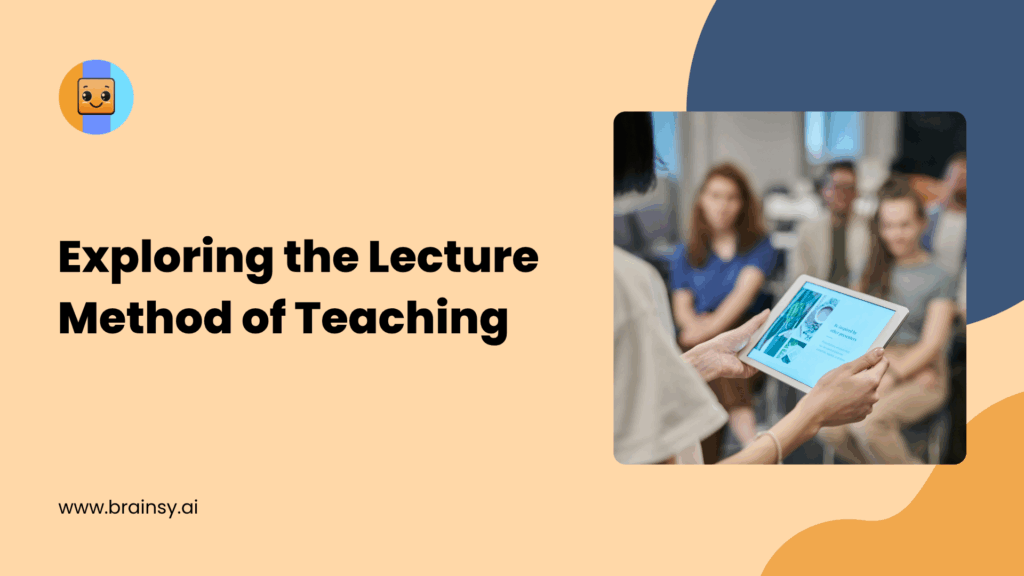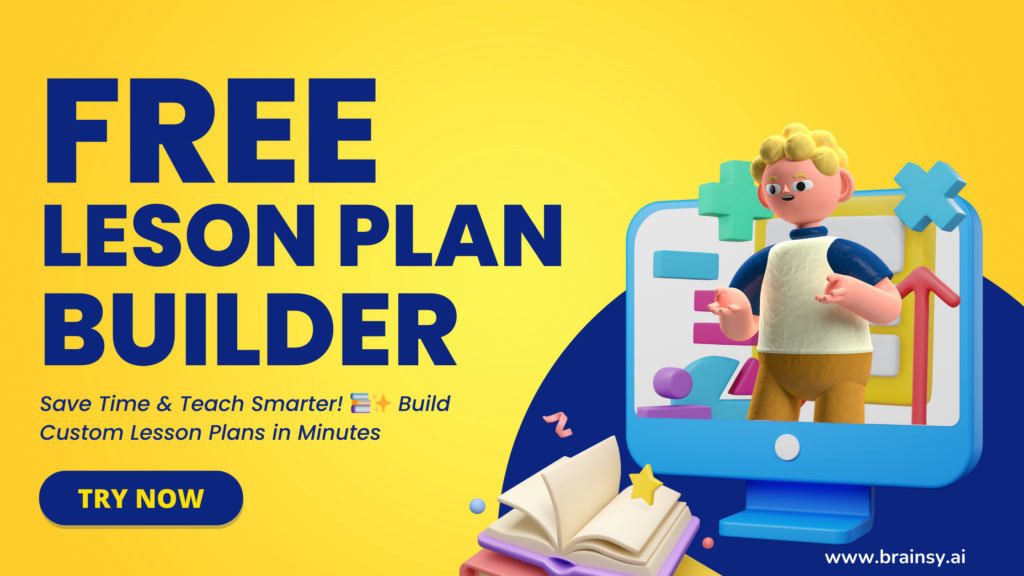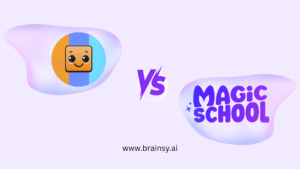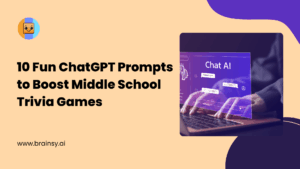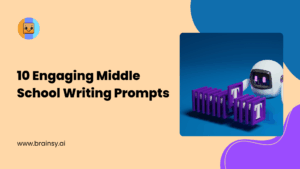The lecture method of teaching remains one of the most traditional yet widely used educational practices worldwide. Lecturing, as a teaching strategy, involves the presentation of information by an instructor in a structured format, often to a large group. Despite the rise of interactive and digital teaching practices, the lecture method continues to hold significant relevance in the learning process. In this article, we will explore the different types of lecture methods, their benefits, and how they are applied in real-world settings. We will also delve into enhancing engagement, addressing the challenges associated with lectures, and comparing them with other teaching and learning approaches.
Understanding the Lecture Method of Teaching
What is lecture? The lecture method of teaching is a direct instructional approach that involves a teacher delivering course content to students, usually in a classroom environment or lecture hall. This teaching style is characterized by a one-way flow of information from teacher to students, which can sometimes limit student interaction. However, it is a highly efficient way of disseminating information to a large audience.
Historically, lectures have been the cornerstone of higher education and remain prevalent in universities and colleges. They are particularly effective for introducing new topics and providing a comprehensive overview of complex subjects. By distilling information into a digestible format, lectures can effectively set the foundation for further learning and exploration.
The success of the lecture method largely depends on the lecturer’s ability to communicate effectively and engage the audience. A well-structured lecture can inspire curiosity and motivate students to delve deeper into the subject matter. However, it is essential to recognize that this method is not without its limitations, which we will explore further in subsequent sections. To complement traditional lectures, educators can also recommend free AI tools for students that support independent learning and reinforce classroom management
Types of Lecture Methods: An Overview
Lectures come in various forms, each with its own unique approach and purpose. Understanding these types can help educators choose the most appropriate lecture format for their teaching objectives.
- Formal Lectures: This is the most traditional form of giving a lecture, where the lecturer delivers a prepared speech or presentation while students listen and take notes. It is structured, with little room for interaction or deviation from the topic.
- Interactive Lectures: Unlike formal lectures, interactive lectures involve audience participation. This can include asking questions, engaging in discussions, or incorporating multimedia elements to make the session more engaging and promote student understanding.
- Team Teaching Lectures: In this approach, multiple instructors collaborate to deliver a lecture. This method can provide a well-rounded perspective on the subject by bringing different expertise and viewpoints into the classroom environment.
- Guest Lectures: Inviting an expert in a specific field to deliver a lecture can provide students with insights beyond the regular curriculum. Guest lectures often offer real-world applications and professional experiences.
- Flipped Classroom Lectures: Here, the lecture is delivered through pre-recorded videos or online materials, which students review at their own pace before attending a session. The classroom time is then used for discussion and practical application, enhancing the teaching and learning process.
Each type of lecture method has its advantages and can be chosen based on the desired learning outcomes and the specific needs of the students.
Benefits of the Lecture Method in Education
The lecture method of teaching offers several benefits, making it a valuable tool in the educational arsenal. One of the primary advantages is its ability to cover a large amount of course content in a relatively short period. Lectures are efficient and can introduce new concepts systematically, ensuring that all students receive the same foundational knowledge.
Another significant benefit is the opportunity for students to develop critical listening and note-taking skills. These skills are essential not only in academic settings but also in professional environments. By attending lectures, students learn to identify key points and summarize information effectively, improving their overall student comprehension.
Furthermore, lectures provide a platform for educators to share their passion and expertise. A dynamic and engaging lecturer can inspire students and foster a love for the subject. The personal anecdotes and insights shared during lectures can make the material more relatable and memorable, enhancing the overall learning experience.
Real-World Applications of the Lecture Teaching Method
Enhancing Engagement in Lecture-Based Learning
While the lecture method has numerous benefits, one of its challenges is keeping students engaged. To enhance engagement, educators can integrate various teaching strategies into their lectures:
- Incorporate Multimedia: Using visuals, videos, and interactive presentations, including lecture method ppt, can break the monotony and cater to different learning styles.
- Encourage Questions and Discussions: Allowing students to ask questions and participate in discussions can make the lecture more interactive and engaging, promoting student interaction.
- Use Real-World Examples: Relating the material to real-world scenarios can help students see the relevance and application of what they are learning.
- Implement Active Learning Techniques: Integrating activities such as think-pair-share, quick polls, or small group discussions can promote active participation and improve student understanding.
By adopting these techniques, educators can create a more dynamic and engaging lecture environment, enhancing the overall learning experience for students.
Challenges of the Lecture Method and Solutions
Despite its advantages, the lecture method of teaching presents several challenges. One of the primary issues is the potential for passive learning, where students become mere recipients of information without actively engaging with the material.
To address this, educators can incorporate interactive elements as mentioned earlier. Additionally, providing opportunities for students to apply what they have learned through assignments or projects can reinforce their understanding and retention of the material.
Another challenge is the varying attention spans of students. Lectures that are too long or lack variety can lead to disengagement. Breaking the lecture into shorter segments, each focusing on a specific topic, can help maintain attention and interest in the classroom.
Finally, the lecture method often lacks personalized learning, as it is difficult to address the individual needs of students in a large group setting. Offering supplemental materials, such as reading lists or online resources, can allow students to explore topics at their own pace and according to their interests, enhancing their overall student comprehension. Teachers can also make use of free teacher tools to design engaging support materials and better manage classroom instruction.
Comparing Lecture Method with Other Teaching Methods
The lecture method is just one of many teaching approaches, and comparing it with others can highlight its unique strengths and weaknesses.
- Lecture vs. Discussion-Based Teaching: While lectures provide a comprehensive overview, discussion-based teaching encourages critical thinking and deeper understanding through dialogue. Both methods have their place, and a combination can be highly effective in the teaching and learning process.
- Lecture vs. Experiential Learning: Experiential learning involves hands-on activities and real-world experiences, which can be more engaging and memorable. However, lectures can efficiently introduce the theoretical background necessary for these experiences.
- Lecture vs. Online Learning: Online learning offers flexibility and accessibility, allowing students to learn at their own pace. However, the face-to-face interaction and immediate feedback of a lecture can be invaluable for student understanding.
By understanding the strengths and limitations of each method, educators can tailor their approach to best meet their students’ needs and learning objectives.
Best Practices for Effective Lecture Teaching
To maximize the effectiveness of the lecture teaching method, educators can follow several best practices for giving a lecture:
- Plan and Structure: A well-organized lecture with a clear structure helps students follow along and retain information.
- Engage with the Audience: Making eye contact, using gestures, and varying vocal tone can keep the audience engaged and attentive.
- Incorporate Technology: Utilizing technology, such as presentation software or digital tools like lecture method ppt, can enhance the delivery and accessibility of the lecture.
- Provide Clear Summaries and Takeaways: Summarizing key points and providing takeaways at the end of the lecture can reinforce learning and aid in retention.
- Seek Feedback: Regularly asking for feedback from students can help identify areas for improvement and ensure that the lectures meet their needs.
By implementing these practices, educators can deliver more effective lectures, enhancing the overall learning experience.
Training Courses for Educators on Lecture Methods
For educators looking to improve their lecture teaching skills, various training courses are available. These courses provide valuable insights and techniques to enhance lecture delivery and engagement.
- Public Speaking and Presentation Skills: These courses focus on improving communication skills, including voice modulation, body language, and audience interaction.
- Instructional Design: Courses in instructional design can help educators plan and structure their lectures more effectively, ensuring clarity and coherence in course content.
- Educational Technology: Training in educational technology can introduce educators to digital tools and resources that can enhance lecture delivery and student interaction.
- Active Learning Techniques: Workshops on active learning techniques can provide practical strategies for incorporating interactive elements into lectures.
Investing in professional development through these courses can equip educators with the skills needed to deliver more effective and engaging lectures.
Conclusion
In conclusion, the lecture method of teaching remains a vital component of education, offering numerous benefits and applications. While it faces challenges, particularly in terms of engagement and personalization, these can be addressed through innovative strategies and techniques. By integrating interactive elements, leveraging technology, and continuously improving their skills, educators can deliver effective lectures that inspire and educate. For tools and resources that support modern teaching methods, educators can explore platforms like Brainsy.
As we look to the future, the lecture method will likely continue to evolve, incorporating new technologies and pedagogical approaches. It will remain a valuable tool in the educator’s toolkit, providing a foundation for learning and exploration. For educators, continuously seeking to improve and adapt their approach will ensure that the lecture method remains relevant and effective in an ever-changing educational landscape.

